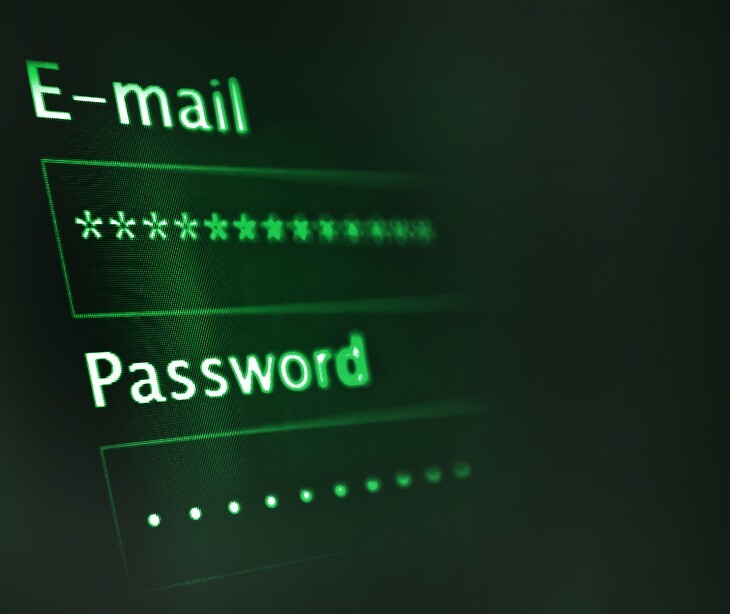%20-%202024-10-07T171017.358.jpg)
According to Crowdstrike, “Pass-the-hash (PtH) is a type of cybersecurity attack in which an adversary steals a “hashed” user credential and uses it to create a new user session on the same network.” In these attacks, hackers use older passwords to initiate a new session, rather than cracking a current password.
What is a password hash?
At the heart of the pass-the-hash attack is the concept of a password hash. A password hash is a one-way mathematical function that transforms a user's password into a unique, non-reversible string of characters. Hashing ensures that the original password is not stored in plain text, providing an additional layer of security against potential data breaches. Despite it’s sophistication, it can still be exploited by hackers.
The mechanics of a pass-the-hash attack
In a pass-the-hash attack, the adversary typically gains initial access to the network through social engineering techniques, such as phishing or malware deployment. Once inside, they use various techniques to extract the hashed credentials from the system's memory. Armed with these valid password hashes, the attacker can impersonate the legitimate user and move laterally across the network, accessing additional resources and escalating their privileges.
The growing threat of pass-the-hash attacks
As organizations increasingly adopt single sign-on (SSO) technologies to streamline user access and enable remote work, the vulnerability of stored passwords and user credentials has become more apparent. Identity-based attacks, like pass-the-hash, are particularly challenging to detect, as they often mimic the behavior of legitimate users, making it difficult for traditional security solutions to differentiate between authorized access and malicious activity.
In the news
In a major incident in 2022, the Hive ransomware group used a pass-the-hash technique to attack many Microsoft Exchange Server users, including those in industries like energy, finance, nonprofits, and healthcare. Hive took advantage of security flaws, allowing them to run malicious code remotely. Even though Microsoft released fixes for these flaws in May 2021, many organizations hadn’t updated their systems, leaving them vulnerable.
Victims were left with a ransom note demanding payment for data recovery. Hive also threatened to publish the stolen data on a hidden website if the ransom wasn’t paid.
Mitigating the risks of pass-the-hash attacks
Defending against pass-the-hash attacks requires an approach beyond traditional security best practices. Organizations must implement a strategy that includes:
Limiting network access and account privileges
Applying the principle of least privilege, implementing a zero-trust security framework, and leveraging privileged access management solutions can reduce the attack surface and limit the damage an adversary can inflict.
Deploying an identity threat detection and response solution
Advanced identity threat detection and response (ITDR) tools can help detect and respond to suspicious behavior, triggering additional authentication challenges to thwart pass-the-hash attempts.
Enforcing IT hygiene
Maintaining visibility into credential usage, regularly changing passwords, and conducting regular penetration testing can help organizations stay ahead of threats.
Embracing proactive threat hunting
Engaging in proactive threat hunting, with the support of specialized security teams, can uncover stealthy attacks that use stolen credentials and evade traditional security measures.
FAQs
What is a pass-the-hash attack and how does it relate to healthcare security?
A pass-the-hash attack is a cybersecurity technique where attackers gain access to a network by using hashed password values instead of plain-text passwords. In healthcare, such an attack can be dangerous because it allows unauthorized access to systems containing electronic protected health information (ePHI).
Why is a pass-the-hash attack a threat to HIPAA compliance in healthcare settings?
A pass-the-hash attack is a threat to HIPAA compliance because it enables attackers to move laterally across a network without needing to crack passwords, potentially accessing multiple systems that store or process ePHI.
What are the potential risks associated with a pass-the-hash attack under HIPAA?
- Data breaches: Unauthorized access to ePHI can occur if an attacker successfully uses hashed credentials to infiltrate healthcare systems.
- Non-compliance penalties: Healthcare organizations may face fines and legal repercussions for failing to protect ePHI from such attacks, as required by HIPAA.
- Operational disruptions: Attackers can gain control over systems, disrupting healthcare services and administrative functions, and affecting patient care.
- Escalated privileges: Attackers can use stolen hashes to escalate privileges and access higher-level accounts, increasing the scope of the breach.
- Reputational damage: Failing to protect against pass-the-hash attacks can erode trust with patients and partners, damaging the organization's reputation.
Learn more: HIPAA Compliant Email: The Definitive Guide




